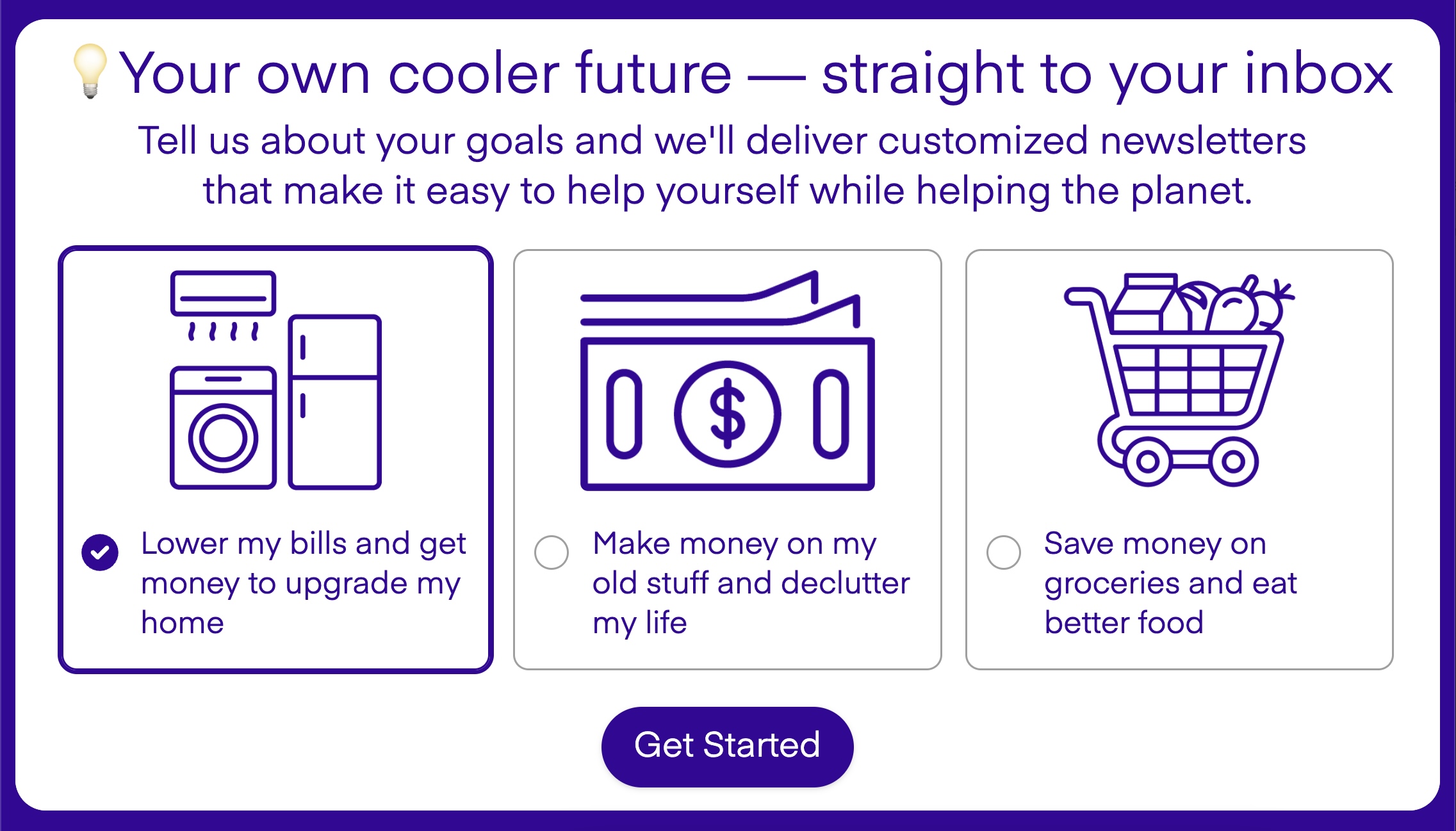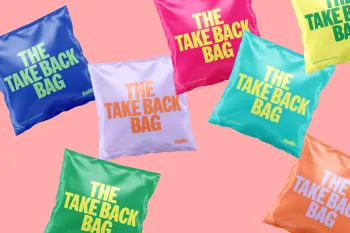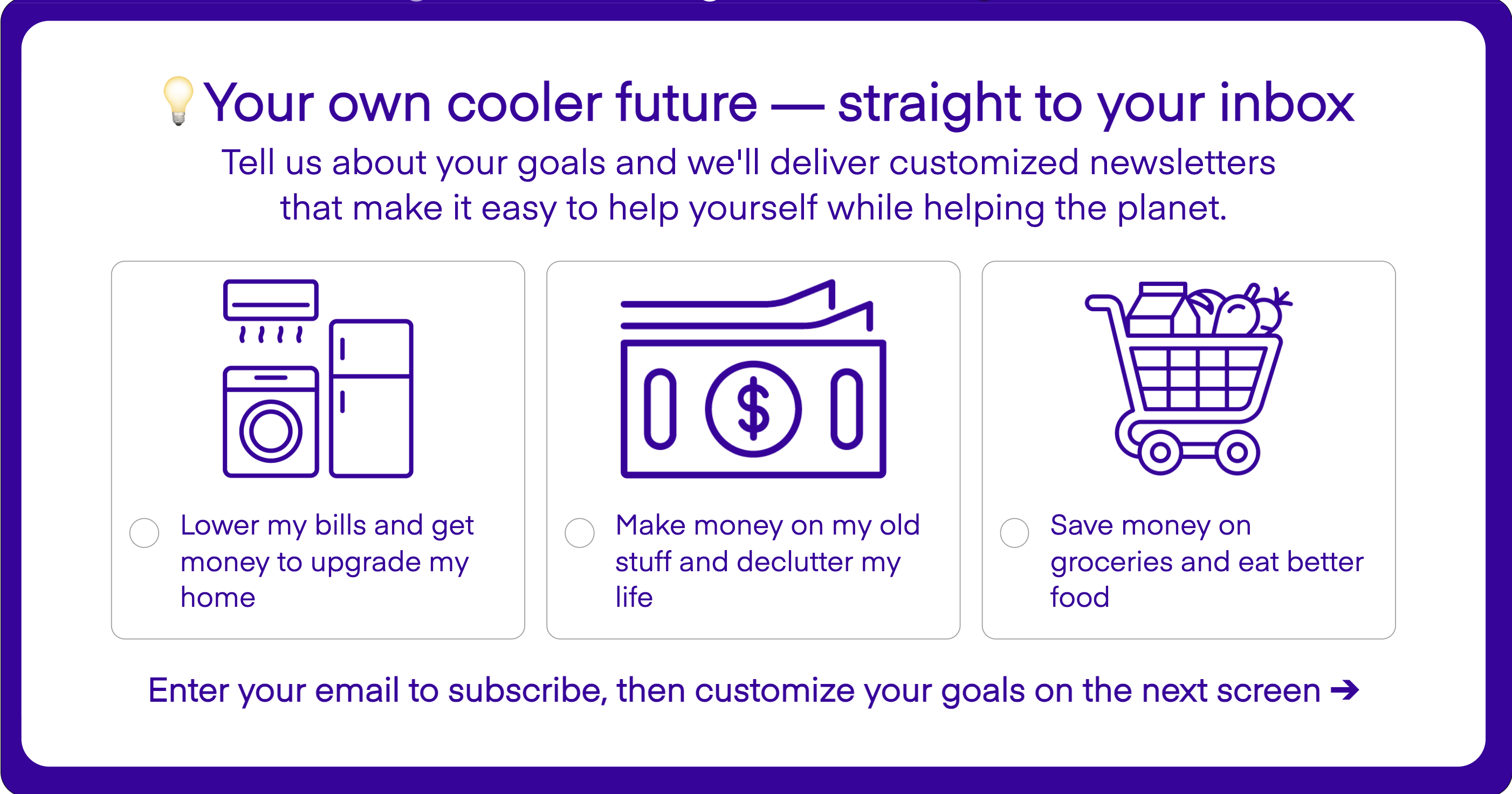University of Illinois researchers have created a nanorobot that can cling to individual virus cells, according to Nice News.
"We wanted to make a soft material, nanoscale robot with grabbing functions that never have been seen before, to interact with cells, viruses and other molecules for biomedical applications," said lead researcher Xing Wang in a release by the school. "We are using DNA for its structural properties. It is strong, flexible and programmable. Yet even in the DNA origami field, this is novel in terms of the design principle. We fold one long strand of DNA back and forth to make all of the elements, both the static and moving pieces, in one step."
The so-called NanoGripper has been initially used to bind to COVID-19 cells. Thanks to a little collaboration with computer scientists, researchers have been able to make a highly accurate COVID test on par with what's used in hospitals.
|
When you're choosing health and beauty products, which of these factors is most important to you? Click your choice to see results and speak your mind. |
"Our test is very fast and simple since we detect the intact virus directly," electrical and computer engineering professor Brian Cunningham said. "When the virus is held in the NanoGripper's hand, a fluorescent molecule is triggered to release light when illuminated by an LED or laser. When a large number of fluorescent molecules are concentrated upon a single virus, it becomes bright enough in our detection system to count each virus individually."
Researchers foresee many uses for this technology, including preventative medicine, diagnostics, and treatment for a wide range of serious diseases. "This approach has bigger potential than the few examples we demonstrated in this work," said Wang.
It would be great to see a tool like this aimed at problems introduced by microplastics in the body, or the effects of particulate pollution, assuming it is as flexible as suggested. Of course, we aren't likely to see practical, large-scale applications of this technology for a few years, but it's certainly a novel and promising development.
Join our free newsletter for weekly updates on the latest innovations improving our lives and shaping our future, and don't miss this cool list of easy ways to help yourself while helping the planet.









